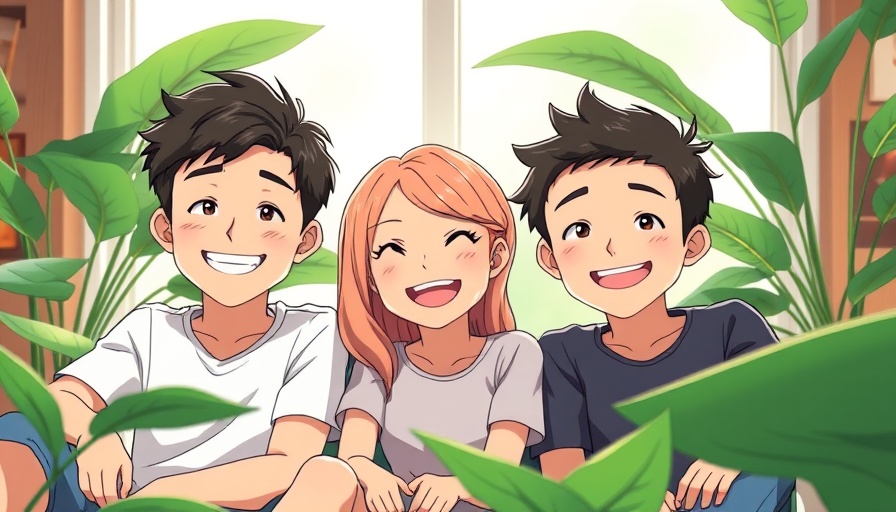
ChatGPT's Surge and Subsequent Outage Explained
ChatGPT, the groundbreaking AI platform created by OpenAI, experienced a significant downtime recently, attributed largely to an unexpected surge in demand for its latest feature: Studio Ghibli-style image generation. This feature attracted users by allowing them to create images that exemplify the enchanting and whimsical aesthetic for which Studio Ghibli is renowned, prompting a wave of new users eager to experiment with this creative tool.
The Impact of Increased Traffic on Server Reliability
The sudden influx of users attempting to utilize ChatGPT's new capabilities stressed its servers beyond capacity, leading to widespread access issues. Reports began surfacing on social media platforms almost immediately, with users expressing their frustrations through an array of comments about the outages. ChatGPT's interface displayed error messages indicating that the application had become "very popular" yet reached its "available rate limit". According to Downdetector, a service that tracks outages, reports of problems began spiking at approximately 4:19 pm, showcasing just how rapidly the demand had escalated.
A Lesson in Scalability and User Demand
This incident underscores a crucial lesson for technology platforms: scalability is essential, especially when deploying new features that draw interest from a broad audience. As OpenAI acknowledged the disruption, the company indicated that the service restoration efforts were underway and that the situation was promptly being addressed. In addition, users were reassured that a detailed Root Cause Analysis would be forthcoming to dissect the outage.
Contextualizing the Popularity of Studio Ghibli
To appreciate the significance of this event, one must understand the cultural impact of Studio Ghibli. This esteemed Japanese animation studio has created some of the most beloved animated films worldwide, and its distinctive artwork resonates with audiences of all ages. The desire to emulate such artistry through AI tools reflects a larger trend where individuals seek innovative methods to express their creativity, driven by nostalgia and a desire for self-expression.
Future Implications of AI in Creative Spaces
The intersection of AI and creativity opens new doors but also presents challenges that developers must navigate. As users become increasingly reliant on AI tools for artistic expression, platforms like ChatGPT must enhance their infrastructure to accommodate sudden spikes in traffic without compromising performance. This trend is not isolated; as AI tools become more sophisticated and integrated into daily life, the demand will grow. Users will look towards applications that can seamlessly blend artistry and technology.
Expert Insights on AI's Role in Everyday Creativity
Experts in AI and creativity share a common understanding that innovations, such as those offered by OpenAI, can democratize artistic expression. However, they also caution that this technology must be managed with foresight to ensure it can sustain expanding user bases. The incident involving ChatGPT's outage beckons further discussion about how platforms plan to balance performance with innovative offerings in a rapidly evolving landscape of user expectations.
What This Means for the Future of AI
As we look forward, one can anticipate additional features and enhancements that both meet artistic demands and uphold server reliability. In this growing digital ecosystem, addressing scalability will remain pivotal, and companies like OpenAI must actively assess and fortify their capabilities in preparation for similar surges in usage. The availability of tools like ChatGPT not only empowers users to explore their creativity but also compels providers to deliver with robustness and dedication.
This recent outage provides a pivotal checkpoint for not just OpenAI, but for the entire AI sector, highlighting the need for adaptive strategies and a user-centric approach in technological advancement.
 Add Row
Add Row  Add
Add 




 Add Row
Add Row  Add
Add 

Write A Comment